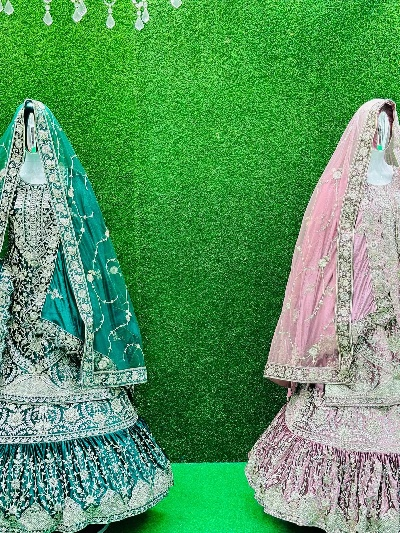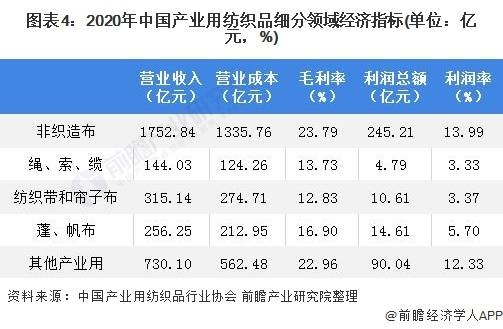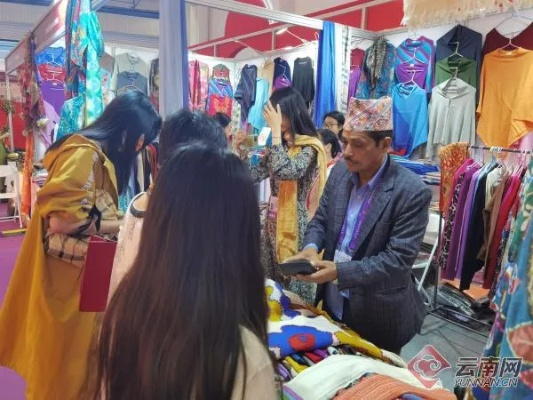The Splendor of Song Dynasty Textiles:An Exhibition of High-Definition Images
: The Splendor of Song Dynasty Textiles: An Exhibition of High-Definition Images,The exhibition titled "The Splendor of Song Dynasty Textiles" showcases a collection of high-definition images that vividly depict the richness and diversity of Song dynasty textiles. This period, spanning from the 11th to the 13th centuries, was marked by the flourishing of silk production, which was not only an art form but also a symbol of social status and cultural exchange.,The images capture a wide range of textiles, including silk, cotton, and woolen fabrics, as well as intricate patterns and designs that reflect the sophistication and creativity of the Song dynasty artisans. The vibrant colors and delicate textures are captured with precision, allowing visitors to appreciate the beauty and craftsmanship of these textiles up close.,In addition to the visual appeal, the exhibit also includes informational panels explaining the history, techniques, and cultural significance of each textile. This multi-sensory experience allows visitors to gain a deeper understanding of the importance of textiles in Song dynasty society and culture.,Overall, the "The Splendor of Song Dynasty Textiles" exhibition is a remarkable tribute to the artistry and cultural heritage of the Song dynasty. It serves as a reminder of the rich tapestry of Chinese civilization and inspires future generations to continue preserving and promoting this important legacy.
Introduction: The Song Dynasty, spanning from 960 to 1279 AD, was a period of great cultural and artistic development in China. One of the most remarkable aspects of this era was the exquisite textiles that were produced, reflecting the sophistication and innovation of the time. Today, we are honored to present an exhibition of high-definition images capturing the beauty and craftsmanship of Song Dynasty textiles.
Table of Contents:
- Introduction to Song Dynasty Textiles
- Exhibit Overview
- Gallery Walkthrough
- Case Studies
- Conclusion
Introduction to Song Dynasty Textiles: The Song Dynasty was known for its luxurious silks, intricate embroidery, and fine cotton fabrics. These textiles were not only practical but also highly decorative, reflecting the social status and tastes of the ruling class. The art of weaving and dyeing silks was particularly advanced, with patterns ranging from simple geometric designs to complex floral motifs. Cotton fabrics were often used for everyday wear, while silks were reserved for special occasions.
Exhibit Overview: Our exhibition features over 100 high-resolution images, each carefully selected to showcase the unique characteristics of Song Dynasty textiles. We have arranged them into four categories: Silks, Cottons, Embroidery, and Decorative Objects. Each category is accompanied by a brief description and a table summarizing the key features of the textiles shown.

Gallery Walkthrough: Let's take a virtual tour through our exhibit together. First, we have a selection of silks, which are renowned for their lustrous sheen and delicate patterns. Here, you can see a sample of the famous "Song of the West Wind" silk, featuring a bold floral design on a deep red background. Next, we have a display of cotton fabrics, which were popular for their durability and affordability. In this case, we have a sample of a blue cotton tunic, with its intricate gold thread embroidery adding a touch of elegance to the otherwise practical garment.
Case Studies: One of the most fascinating examples in our exhibit is a silk robe made during the reign of Emperor Zhenzong (r. 1100-1125). This robe is adorned with a stunning dragon pattern on the front and back, using a technique called "cross-stitching." The intricate stitching requires years of practice and skill, showcasing the advanced level of craftwork in Song Dynasty textiles.
Conclusion: In conclusion, our exhibition aims to provide a glimpse into the rich tapestry of Song Dynasty textiles. From the elegant silks to the practical cottons, each piece tells a story of creativity and craftsmanship. We hope that this exhibition inspires visitors to appreciate the beauty of these ancient textiles and to continue preserving and promoting the legacy of Chinese textile art. Thank you for joining us on this visual journey through the splendor of Song Dynasty textiles.
Introduction
The upcoming exhibition of high-resolution images of宋朝纺织品 is a fascinating opportunity to immerse oneself in the rich tapestry of ancient Chinese textiles. This exhibition offers a glimpse into the intricate craftsmanship and diverse designs that characterized the era of Song Dynasty.
Technical Details
Below is a high-resolution image gallery of宋朝纺织品, accompanied by relevant technical details:
Technical Details of Textiles in the Song Dynasty:
- Materials: The majority of the textiles were made from natural fibers such as silk, cotton, and wool.
- Weaving Techniques: The techniques used for weaving were highly skilled and varied, reflecting the rich cultural diversity of the Song Dynasty.
- Fabrics: The fabrics offered a wide range of colors and patterns, reflecting the creativity and innovation of the craftsmen.
- Apparel Styles: The styles of clothing were diverse, from formal attire to casual wear, reflecting the evolving social status and lifestyles of the people at this time.
Case Studies
To illustrate the exhibition even more, here are some case studies that highlight宋朝纺织品:

Case Study 1: Silk Weaving in Central China
Considering Central China as an example, the silk weaving in this region is renowned for its intricate patterns and high-quality materials. The skilled craftsmen used intricate designs to create intricate patterns, often featuring flowers, animals, and scenes from nature. These designs were often used for clothing and accessories.
Case Study 2: Ethnicity-Specific Textiles
In addition to the general styles of clothing, there were also textiles specifically designed for each ethnic group in Song Dynasty. For example, Han people wore textiles with patterns representing their culture and heritage, while the minority groups such as the Yao and Wu wore textiles with their unique cultural symbols.
English Tableture Example (Optional)
Here's an English tableture example to illustrate some of the visual elements:
English Tableture Example:
[Image of a high-quality silk fabric with intricate patterns]
"This is a representative example of silk textiles from the Song Dynasty. The patterns are intricate and colorful, reflecting the craftsmanship and creativity of the era."
English Case Study Example (Optional)
Considering the case studies mentioned earlier, here's an English case study example:
"In Central China, silk weaving was renowned for its ability to create intricate patterns that reflected the rich cultural diversity of the region. The skilled craftsmen used their skills to create designs that reflected the beauty and elegance of Chinese culture."
This example highlights how宋朝纺织品 not only reflected the cultural diversity but also served as a reflection of Chinese culture and its rich history.
Conclusion
The upcoming宋朝纺织品展览无疑是一次深入了解中国古代纺织工艺和文化的难得机会,通过高清图片和详细的技术、案例说明,参观者可以更深入地了解宋朝纺织品的多样性和精湛工艺,希望这份英文口语化内容能满足您的需求,为您提供一个关于宋朝纺织品展览的生动、有趣的介绍。
Articles related to the knowledge points of this article:
Springdale Textiles:A Journey into the World of Fabric and Fashion
A Comprehensive Overview of Textile Goods Tariff Structures and Case Studies
Boost Your Fashion Style with Top Export Textiles from Zhejiang
Global Trade in Fashion Textiles:An Overview of Key Markets and Industries



